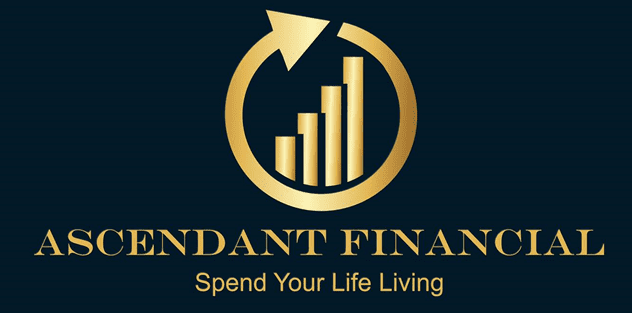Examples of how parents can introduce their kids to IBC
What This Covers
This session walks parents through practical strategies and real-life examples of how young people, working, in school, or just starting out, can be introduced to Infinite Banking early. Sukhman profiles three young clients and shows how Infinite Banking can be customized to different financial realities.
Why Clients Use It
Parents often say, “I wish I started earlier.” This presentation helps prevent that regret for the next generation by offering:
- Real use cases of Infinite Banking by youth
- Simple setups that align with modest incomes
- Long-range growth and control examples
Strategies for integrating education, rent, cars, and side businesses into an IBC system
Key Insights by Timestamp
Real Case Breakdowns
Sam’s (20), works full time (Starts 02:35 mins)
- Income: ~$45,000/year
- Premium: $5,000/year | EDO: $15,000 | Death Benefit: $823,000
- Tools:
- Learned through YouTube, not Nelson’s book
- Used IBC for car purchase, rent, and savings
- Paid annual rent upfront to father and repaid himself—family system win
- Rolled over GIC savings into his policy
- Learned through YouTube, not Nelson’s book
Kyle (19), Just started his career after school (Starts 08:55 mins)
- Income from digital marketing job
- Premium: ~$193/month | Death Benefit: $350,000
- Tools:
- Backdated 1 year to leverage savings
- Used policy to finance first car (down payment from IBC loan)
- Thinks long-term: future housing, family plans
- Embraces IBC’s compounding and control early
- Backdated 1 year to leverage savings
Akash (19), In university with part-time work (Starts 13:47 mins)
- Premium: $110/month | EDO: $3,581 | Death Benefit: $200,000
- Tools:
- Uses policy to fund textbooks, rent, utilities
- Takes policy loans for side business, reinvests profits
- Avoids traditional debt stress
- Uses system to recapture personal expenses
- Uses policy to fund textbooks, rent, utilities
Tim (19), Chose Not to Use IBC (Mentioned Throughout, Summary at 22:52 mins)
- No policy
- No growing cash value
- Missed opportunity to build a system for savings, car, rent, or business
- By age 28 and 45: still sitting at $0 cash value and $0 death benefit
- Serves as a contrast to demonstrate the cost of inaction and doing things “the traditional way”
Long-Term Growth Projections (Starts 21:08 mins)
Name | Age 28 – Cash Value | Death Benefit |
Sam | $182K (Input: $160K) | $1.6M |
Kyle | $88K (Input: $68K) | $750K |
Akash | $43K (Input: $38K) | $420K |
Tim | $0 | $0 |
→ At age 45, all IBC users have nearly doubled their input capital, while still using the system throughout their lives. Tim, who didn’t implement IBC, remains with zero.
The “Four Characters in the Financial Play” (Starts 25:30 mins)
Each young person becomes:
- Depositor: Pays into their own policy
- Borrower: Takes loans from their system
- Banker: Sets repayment terms
- Bank Owner: Earns dividends as a policyholder in a mutual company
Final Reflection
Starting IBC at 19 or 20 unlocks compounding benefits that can dramatically change life outcomes. The core message: relocate your savings early, gain control, and stop giving your future away to traditional banks.
Moral of the Story:
Don’t be like Tim. Be like Sam, Kyle, and Akash. Start now, even small.
